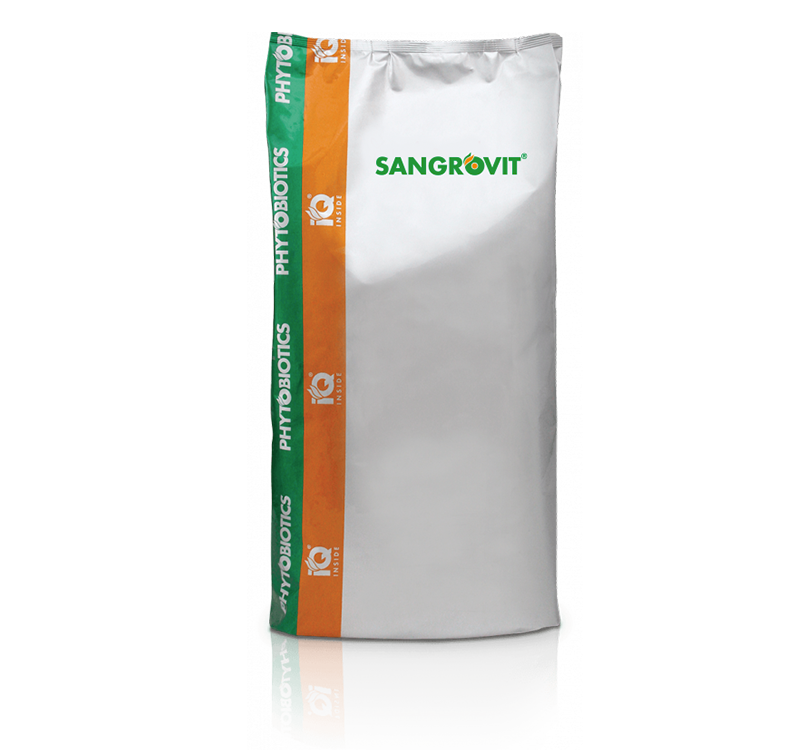The many faces of lawsonia intracellularis
The history of PIA
Many swine holdings worldwide face porcine intestinal adenomatosis (PIA). Between 30-90% of the farms are thought to be infected, depending on the country. In North America, pig holders have been struggling with this infectious disease since the early 1920’s and it is estimated that it has caused yearly economic losses of 20 Mio. US$. Due to intensive transnational trade, PIA has also spread to other countries and has now become increasingly important in Europe, causing problems in the UK, Denmark, Germany and Holland, to name only a few.
While the cause for the highly virulent enteric disease was unknown when it started to spread across wide regions of the USA, today the name and the nature of the causative pathogen is known: Lawsonia intracellularis, a gram-negative bacterium which is transmitted orally between pigs or through other vectors, and which grows inside the cells of the small intestine. Due to this intracellular growth, L. intracellularis can remain hidden for a long time and the contagion with the pathogen is possible from animals which do not show clinical signs. This is one of the reasons why the disease is difficult to detect and prevent.
Not just PIA – the various appearances of Lawsonia intracellularis infections
Even though the feared PIA is the most widely known manifestation of L. intracellularis, it is only one of its four clinical forms. Necrotic enteritis (NE), regional ileitis (RI) and PIA are the chronic courses of the disease, while proliferative haemorrhagic enteropathy (PHE) is the acute form of L. intracellularis. PHE, though very aggressive and often lethal, occurs less often than the chronic forms and is usually seen in finisher pigs of 6 months of age or older. In these cases, it is likely that increased stress towards the end of the fattening period causes the pathogen to become virulent in previously subclinically infected animals.

The chronic manifestations of L. intracellularis are most often seen in piglets or in the early fattening period. The symptoms of these forms are less specific and include low feed intake and weight gain and different forms of diarrhea. Another typical sign is an increasing difference in body weight within the groups of animals of the same age. The mortality of affected groups is not very high, so that the economic losses of the disease are mainly owed to low productivity of the fattening pigs. A definite identification of the chronic form which is affecting the animals, PIA, RI or NE, is only possible through post-mortem analysis of the intestine. The different forms affect different parts of the ileum and vary slightly in their appearance. However, the underlying pathogen, L. intracellularis, can also be determined in live animals through diagnostic detection in the faeces.
How can Lawsonia intracellularis be treated?
Different vaccines are available to prevent clinical manifestations of L. intracellularis. If the disease breaks out despite preventive measures, various antibiotics can be applied. For the chronic forms, a water application of antibiotics can be used, while PHE should be treated through injections of the affected animals. However, when L. intracellularis becomes acute, mortalities can rise to 50 % or more, even with antibiotic treatment. Therefore, and due to the quick spread of L. intracellularis, prophylaxis is key. As in all infectious diseases, a thorough hygiene protocol within the farm is a must. Booths should be cleaned and disinfected after each group of animals that passes through. Swine holders should make sure to use a disinfectant which is effective against L. intracellularis and manage their houses in a strict all-in-all-out routine.
Anti-inflammatory substances can strengthen the animals. Since the disease often breaks out in times of increased stress, additives which reduce stress can also be of high value to support the pigs in combatting L. intracellularis.
Phytobiotics Sangrovit® –
the natural way towards strong pigs
A stable feed intake is key to maintain animal welfare and to ensure that pigs can meet their full genetic potential, even when facing challenging periods. Specific botanical compounds of the Phytobiotics Sangrovit® product line help to support sows, piglets and growers throughout the production cycle.


